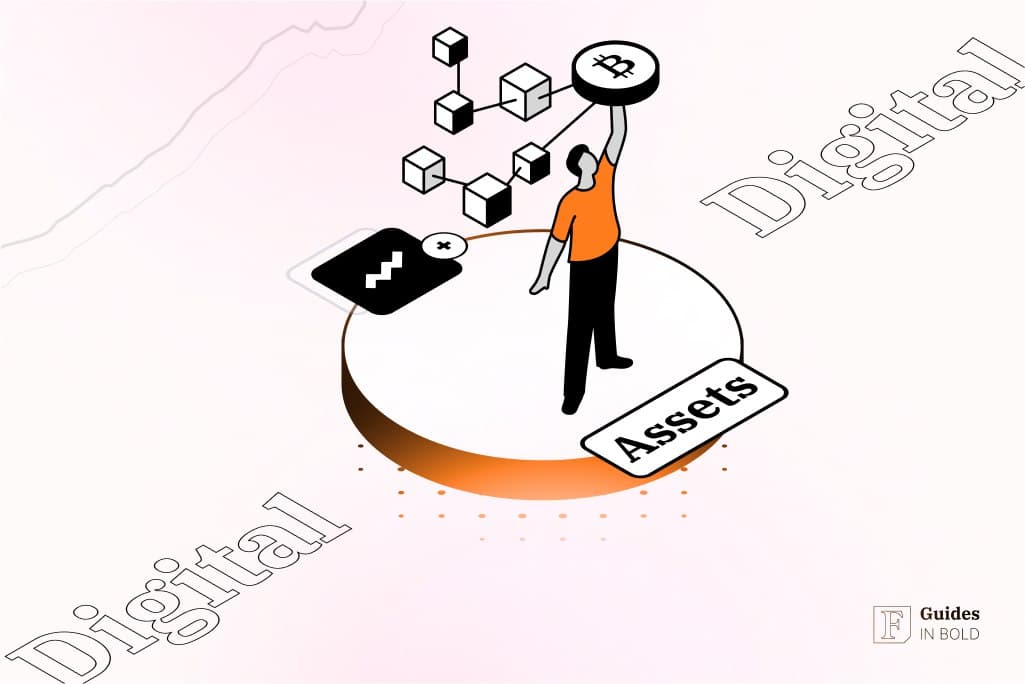The crypto market is on the march, buoyed by expectations of Spot Bitcoin ETF approvals and optimism about the 2024 Halving. Needless to say, such positive sentiment has led to a spike in crypto adoption, with the number of addresses holding BTC having surpassed 51 million.
Clearly the industry has come a long way since the first major bull cycle of 2017, with a tremendous range of options available to those who wish to not only buy crypto but also trade it and store it. But what’s the best option available, all things considered?
What to consider when buying crypto
Thankfully, the industry has come a long way: buying cryptocurrency is no longer awkward or difficult. Whether you want to use a web3-native platform like Coinbase or a web2 one like PayPal, laying your hands on some ETH or BTC is a cinch. That said, there are still some fundamental questions you’re going to want to ask yourself.
For instance, do you want to receive crypto to a hot wallet or cold one? Would you rather pay using crypto, a dollar-backed stablecoin, a credit card or even cash? Are you familiar with the risks of price volatility and market manipulation? Would you rather protect your privacy or complete a KYC/AML check by uploading some identifying documents to a centralized portal?
For the neophytes stumbling into web3 wishing to simply buy their first coin or token, the aforementioned questions can represent a bit of a minefield. The truth is, different consumers have distinct preferences. Some would rather shirk the responsibility of managing a seed phrase and interact with their crypto via an intuitive app, the same way they do with their mobile banking. Others want to buy, trade and store using a single interface. NFTs are manna from heaven for one type of buyer and worthless commodities to another.
Clearly it’s worth doing a little digging into the various options and their points of divergence before making a purchase. The important thing to remember is that as your knowledge increases over time, you can always switch providers or even juggle a whole bunch of them. Those au fait with the web3 world tend to have multiple accounts at various centralized and decentralized exchanges, as well as various digital and physical wallets, accounts at CashApp, PayPal, Venmo, etc.
The easiest way to buy crypto
What is the best way to convert normie users to crypto? Is it to convince them that the traditional financial system is irredeemably broken? Or is the solution to offer up a useful, user-friendly way of saving and transacting using a better version of cash?
One wallet provider believes it’s the latter. Launched last May, Kresus describes itself as “part superior crypto wallet, part portal to the wonders of web3,” and the mobile app certainly lives up to this billing thanks to a suite of features likely to be appreciated by both normie users and veterans. At a glance, these include the ability to mint and transfer NFTs, multiple on-ramp and off-ramp options (fund your account, make withdrawals), and support for a wide range of cryptos. Interestingly, Kresus also recently introduced a policy that means users can cash out up to $100,000 USDC without having to pay any network fees!
While there’s an element of learning on the job to any crypto wallet, this one is designed to be totally goof-proof: not only is it easy to set up, with no seed phrase created, but it’s impossible to get locked out due to account recoverability. It’s also non-custodial, so users are in charge of their funds – not Kresus. A hardware wallet without the hardware or clunky seed, in other words.
Another nifty element of Kresus is that every user receives a free .kresus web3 identity powered by Unstoppable Domains. These identities are useful for navigating the wider web3 world, particularly for logging into decentralized apps (dApps), blockchain games and metaverses. Kresus account-holders can also mint and share five NFTs for free.
That’s not to say there aren’t other options with brilliant features. But Kresus has evidently been created to address the shortcomings of existing platforms and apps. Popular web3 wallets like Metamask, for instance, require seed phrase management, only support specific NFTs (ERC721) and don’t support bitcoin. With most, off-ramping also entails a cost – which isn’t the case with Kresus.
As far as actually buying crypto is concerned, the Kresus app lets users make purchases in a matter of minutes using instant ACH, credit card or Apple Pay. In short, it’s a one-stop shop.
Whichever method you use to acquire crypto – a mobile app like Kresus, a CEX or DEX, PayPal, Revolut, Wirex – make sure you research a little beforehand. Goof-proof solution or not, you wouldn’t buy foreign currency without first checking the exchange rate, would you? With better understanding of the key considerations, you’ll find a solution that ticks all the right boxes.
Disclaimer: The content on this site should not be considered investment advice. Investing is speculative. When investing, your capital is at risk.




